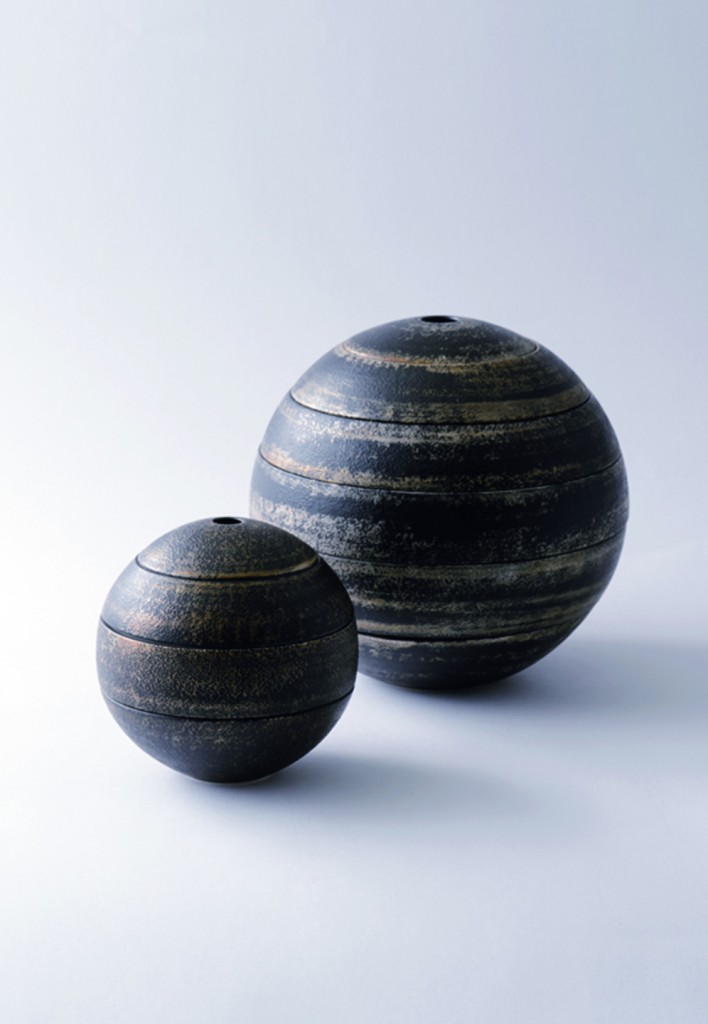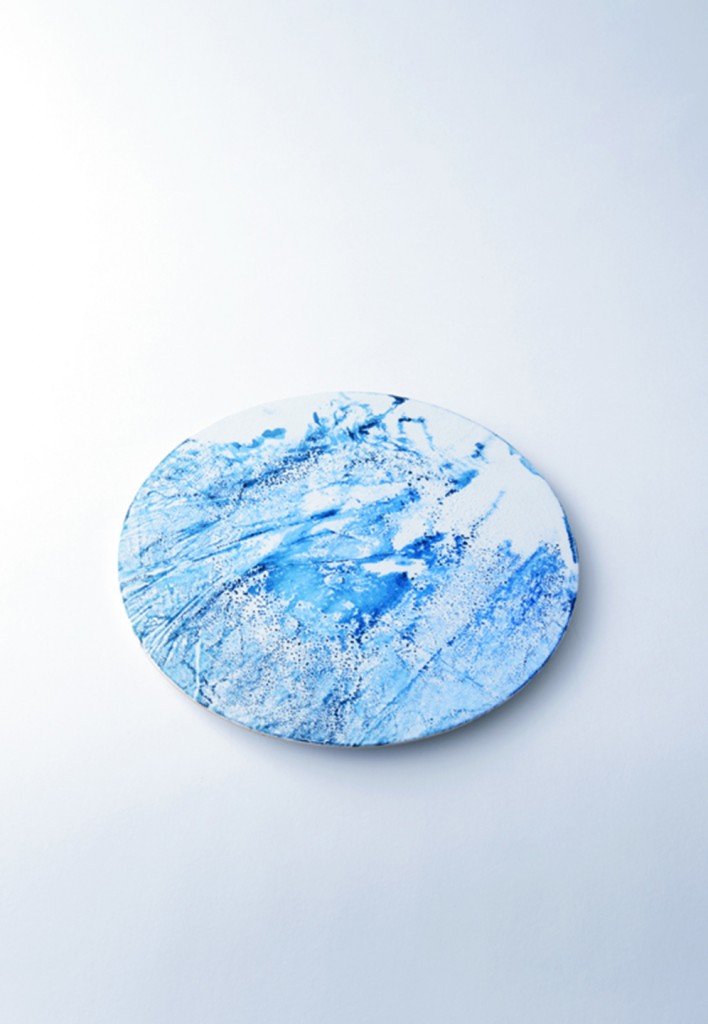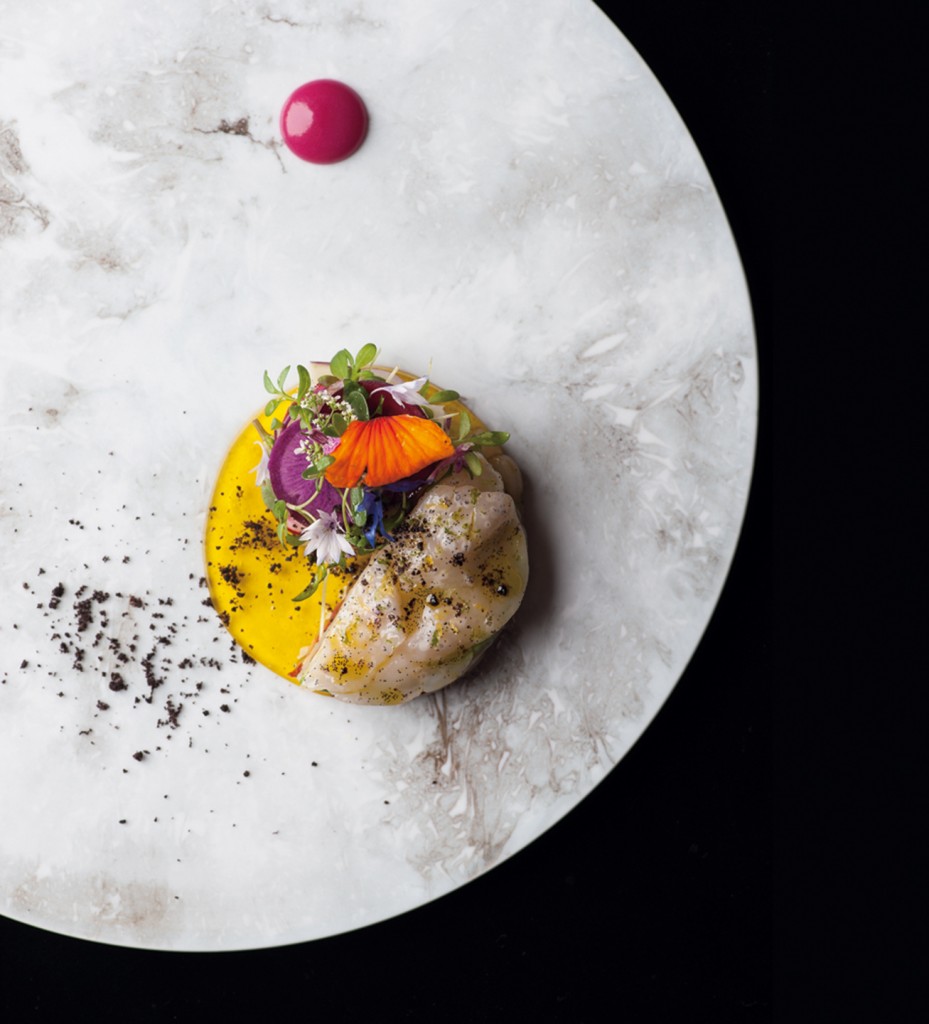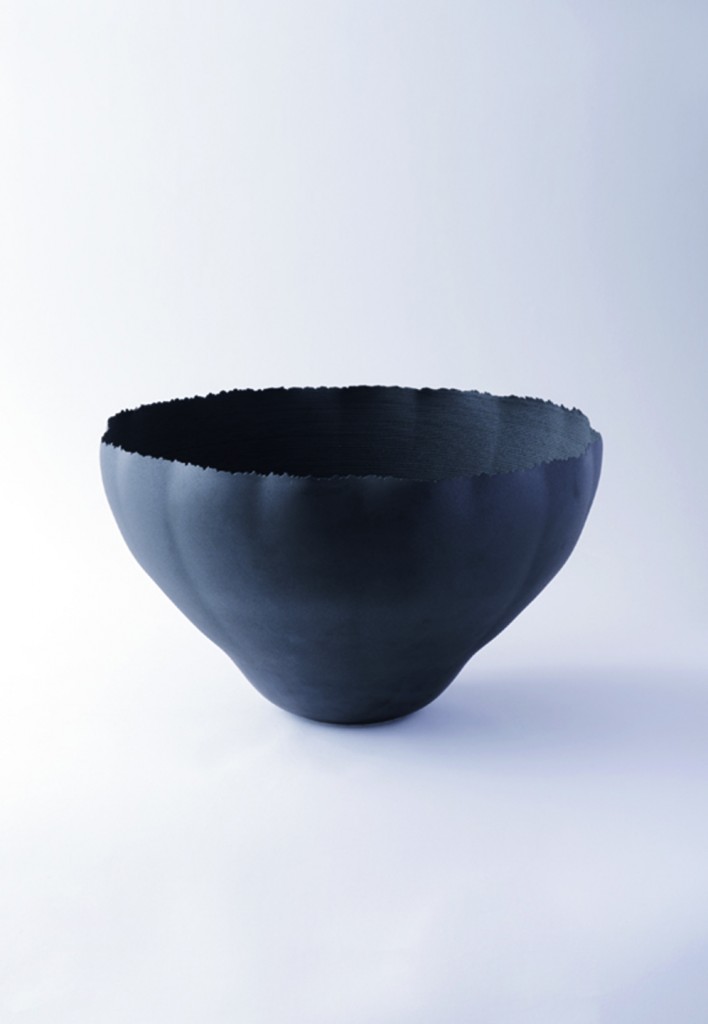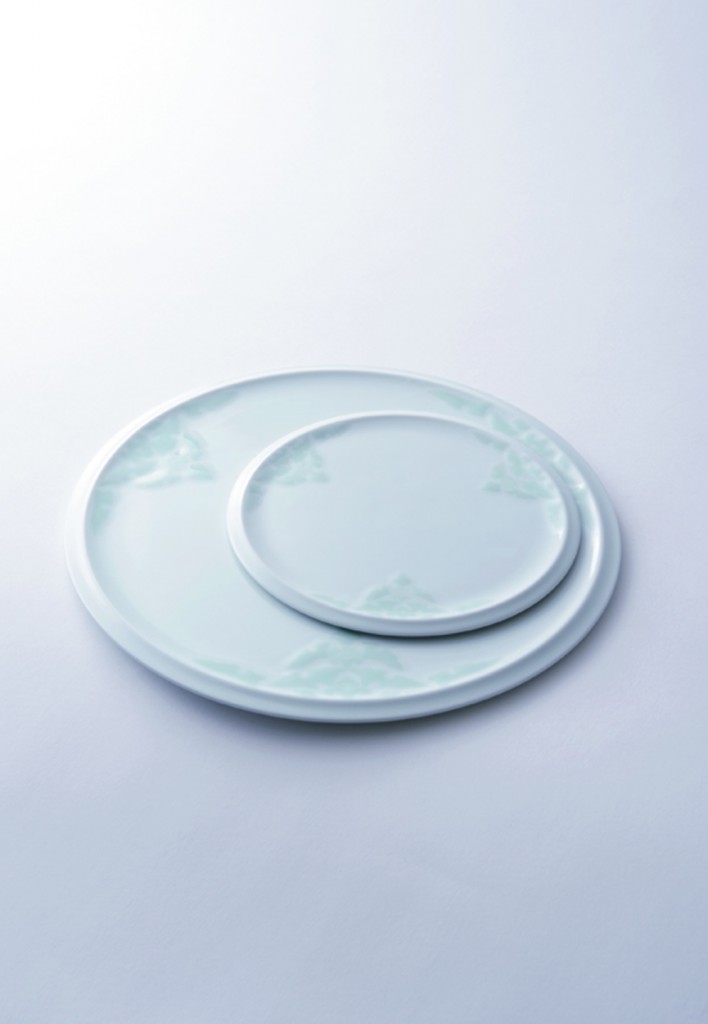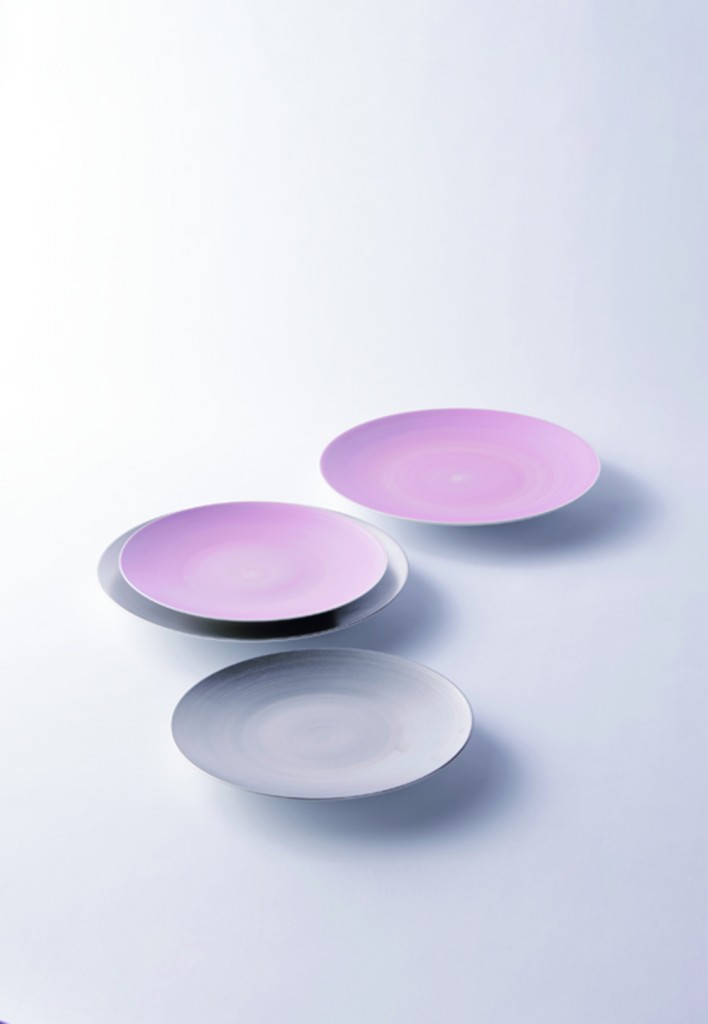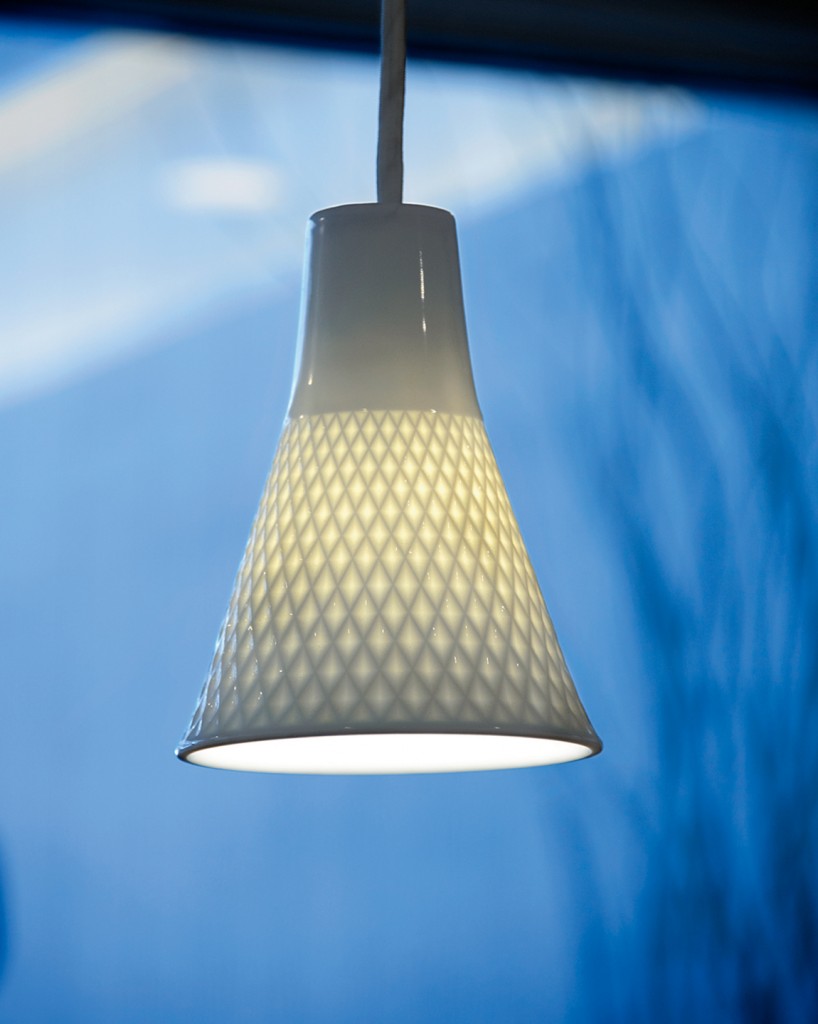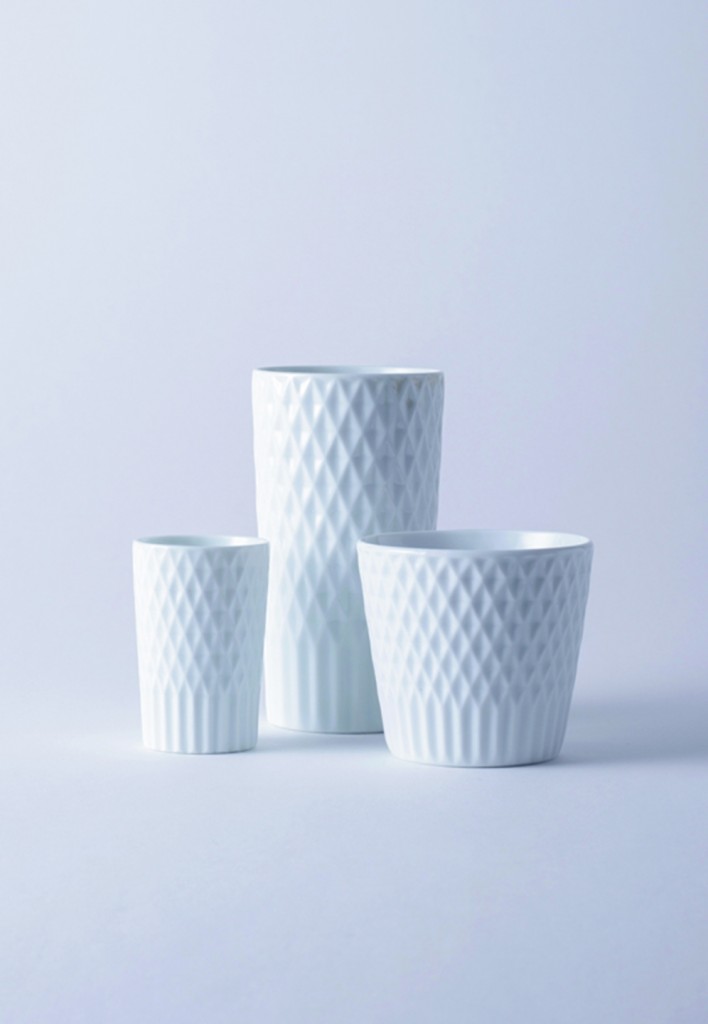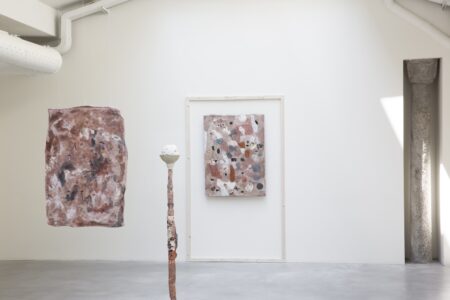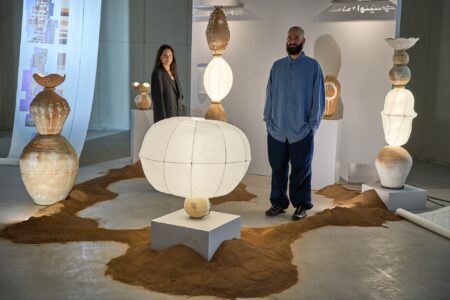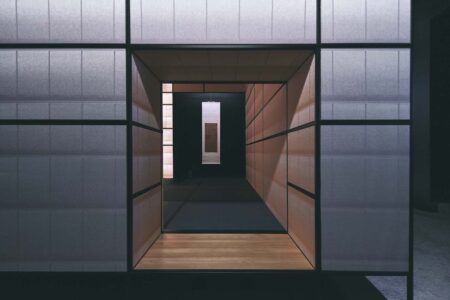Arita400project: A New Journey to Europe
Japanese ceramics companies and workshops from Arita region join for Arita400project to bring contemporary ceramics manufactured with local methods and materials to Europe.
Eight Japanese ceramics companies and workshops from Arita region join for Arita400project to bring contemporary ceramics manufactured with local methods and materials to Europe. Introduced at Maison&Objet in Paris in September 2015, Arita400project focuses on the year 2016, which marks the 400th anniversary of porcelain production in the Izumiyama mountains.
The tradition of locally produced Japanese ceramics date back to 1616, when the first high-quality ceramic rocks were found in the Izumiyama region. Working on the clay with a traditional porcelain-making technique originating from Korea led to prosperity in the porcelain region. The ceramics from the area were actively exported to Europe from mid-17th to mid-18th century, and the Japanese tableware became desired among European royal aristocrats. During the hundred years, Dutch East India Company transported several million million Arita Porcelain products to Europe.
Specialty of ceramics from the Arita area traditionally lies in its thin and smooth surface, contrasting paintings and detailed patterns. Arita400project shifts the traditional forms, colours and patterns of towards the contemporary for the European market.
Arita400project draws together traditional ceramics companies and workshops that each interpret the tradition: Arita Porcelain Lab, Fukagawa-Seiji, Gen-emon, Hataman, Kamachi-toho, Kihara, Riso Porcelain and 224porcelain.
The contemporary interpretations of the traditions are shown at Maison & Objet Paris in an exhibition produced by Ken Okuyama Design on 4–8 September 2015. •
